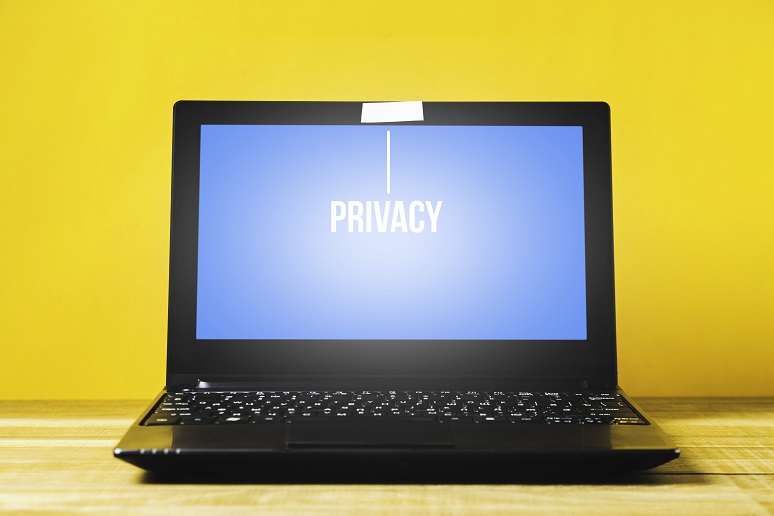One of the work-from-home (WFH) habits I developed this year,
outside of slouching in my office chair, is sliding my laptop camera shut at the end of every video meeting. As if on some subconscious level, I just can’t help but think, “you never know who’s watching.”
The months of WFH might be making me a bit paranoid, but figuring out how to monitor employees while working remotely is a real challenge for many team leaders. I don’t expect workplaces to track every single interaction an employee has, but they will be finding ways to check in on employees.
Many productivity software providers, including companies like ActivTrak, Microsoft, and Teramind, track and report key engagement metrics and can provide individual employee productivity metrics. But you can’t just pick one, deploy the software, get a whole bunch of data, perform some half-baked analysis, and call it a day. As I’ve argued in the past,
data needs context or is useless. More importantly, the line between gaining actionable insight and invading privacy, frankly, is thin.
This point came into full relief with changes Microsoft recently
announced to its Productivity Score service, which had come under fire from users and privacy advocates for providing individualized user metrics. These privacy watchers contended that the service amounted to “workplace surveillance” and that in the wrong hands, namely a vindictive manager, this information could be weaponized against an employee, as
The Register explained. Facing such pressure, Microsoft did away with breaking out individuals and now instead provides “a measure of organizational adoption of technology,” Microsoft said.
While productivity data on remote workers can be insightful, workplaces should also consider the current environment. Over the course of the pandemic, the line between professional and personal life has all but evaporated, and some workers might see this kind of data gathering as, well, intrusive — Microsoft’s Productivity Score a case in point. Rather than relying on metrics, managers might instead spend more virtual one-on-one time with their employees to get a better assessment of how they’re doing with their tasks amid the crisis.
Ultimately – like so many work-related issues – it comes down to workplace culture, more than the technology itself. I often hear successful team leaders say something along the lines of “I don’t have to babysit my employees; they know what to do, and they get it done.” While workplace analytics and metrics will have their place in the future of work, maybe for the present, workplaces should focus less on being Big Brother, and instead, focus on being that favorite aunt who you’d see around the holiday — the aunt who listens carefully to concerns and encourages you for the year ahead.





